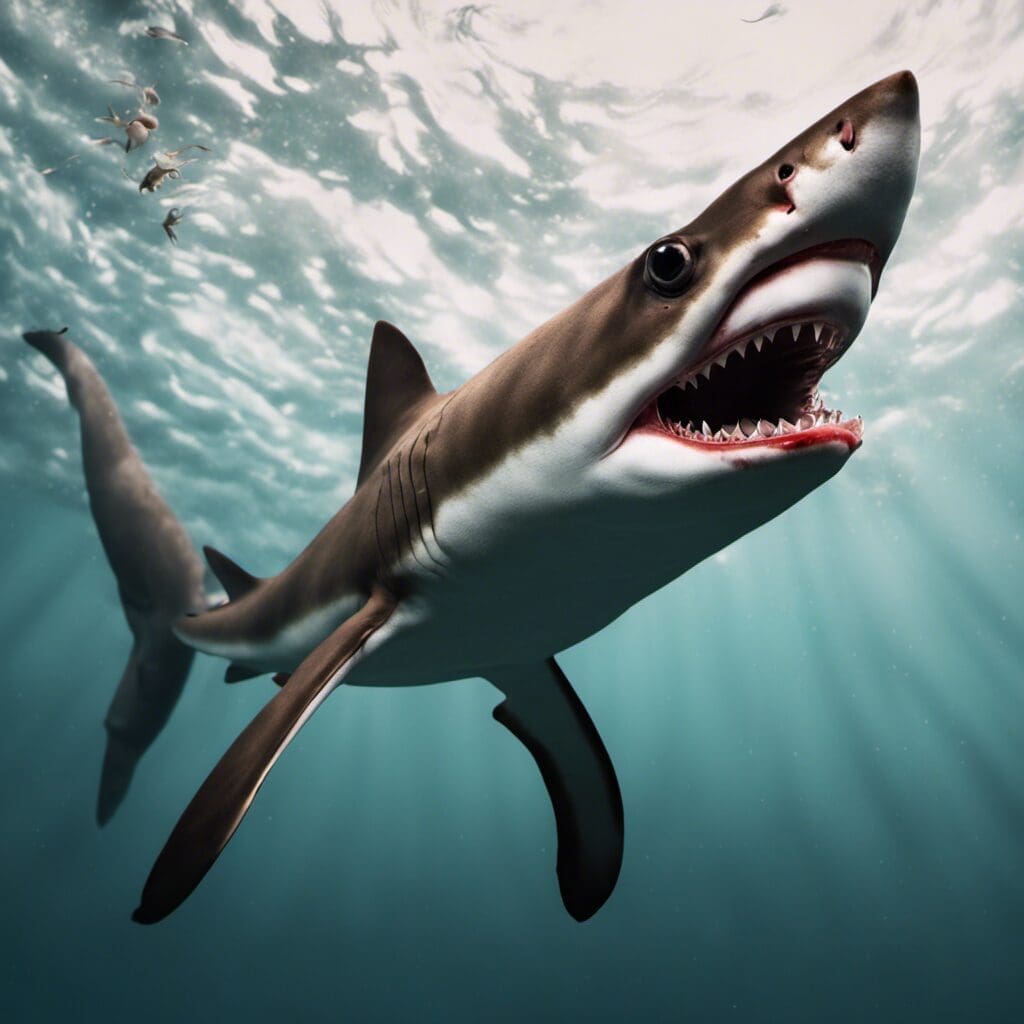Introduction
The Bramble Shark, scientifically known as Echinorhinus brucus, is a fascinating species in the Echinorhinidae family, known for its unique physical attributes and interesting life cycle.
Conservation Status
The species is currently classified as ‘Vulnerable’ on the International Union for Conservation of Nature’s (IUCN) Red List. Conservation efforts are primarily based on monitoring and regulating fishing practices to protect this species from further decline.
Statistics
| Characteristic | Average | Range |
|---|---|---|
| Length | 3.1 m | 1 – 4 m |
| Weight | 200 kg | 150 - 250 kg |
| Average Lifespan | Not specified | Not specified |
Distribution
The bramble shark is a globally distributed species, predominantly found in the Atlantic, Pacific, and Indian Oceans. It is also known for occasional migration to warmer regions during the cold months.
Habitats
They prefer deep waters and are often found in depths ranging from 400 to 900 meters. They thrive in a wide temperature range, making them adaptable to various marine environments.
When and Where to See
The best time to encounter Bramble Sharks is during the months of April to June. They are most active during dusk and dawn.
Best Fishing Locations
Here is a comprehensive list of locations renowned for bramble shark fishing:
- Eastern Atlantic: around British Isles, France, Portugal, and Spain
- Western Atlantic: off the coasts of North America and Brazil
- Indian Ocean: Western Australia, northern New Zealand, India, and South Africa
- Pacific Ocean: Japan, Hawaii, California, and Eastern Russia
How to Catch
The bramble shark is a bottom-dwelling species, so bottom fishing techniques using squid or fish as bait are typically effective. The most productive fishing period is during early morning or late evening.
Identification Guide
Bramble sharks are recognized by their dark brown to black color, cylindrical body shape, and unique dermal denticles scattered around their body. They are distinguishable from similar species by their bramble-like spikes and lack of anal fin.
Additional Information
Bramble sharks are known to be non-aggressive and mostly feed on various fish and invertebrates. Their primary threats comprise of commercial fishing and habitat degradation. Despite its fascinating physical attributes, there are no known mythological or historical references associated with the bramble shark.
References and Further Reading
– Froese, R. and D. Pauly. Editors. (2019). FishBase. World Wide Web electronic publication. Available: www.fishbase.org
– Marine Species Identification Portal. Available: www.species-identification.org
– IUCN Red List of Threatened Species. Available: www.iucnredlist.org

